Developing mechanics worthily - Instalment I: Mechanical enterprises “strenuously” develop
The Party and State set up the target that upto 2020 Vietnam will become an industrialized & modernized country. To achieve this, we should give first priority to develop the core industrial branches including mechanics because it affects other economic branches very much. However, for the time being, this “spine” branch does not seem to be paid proper attention to and treated worthily in comparison with others.
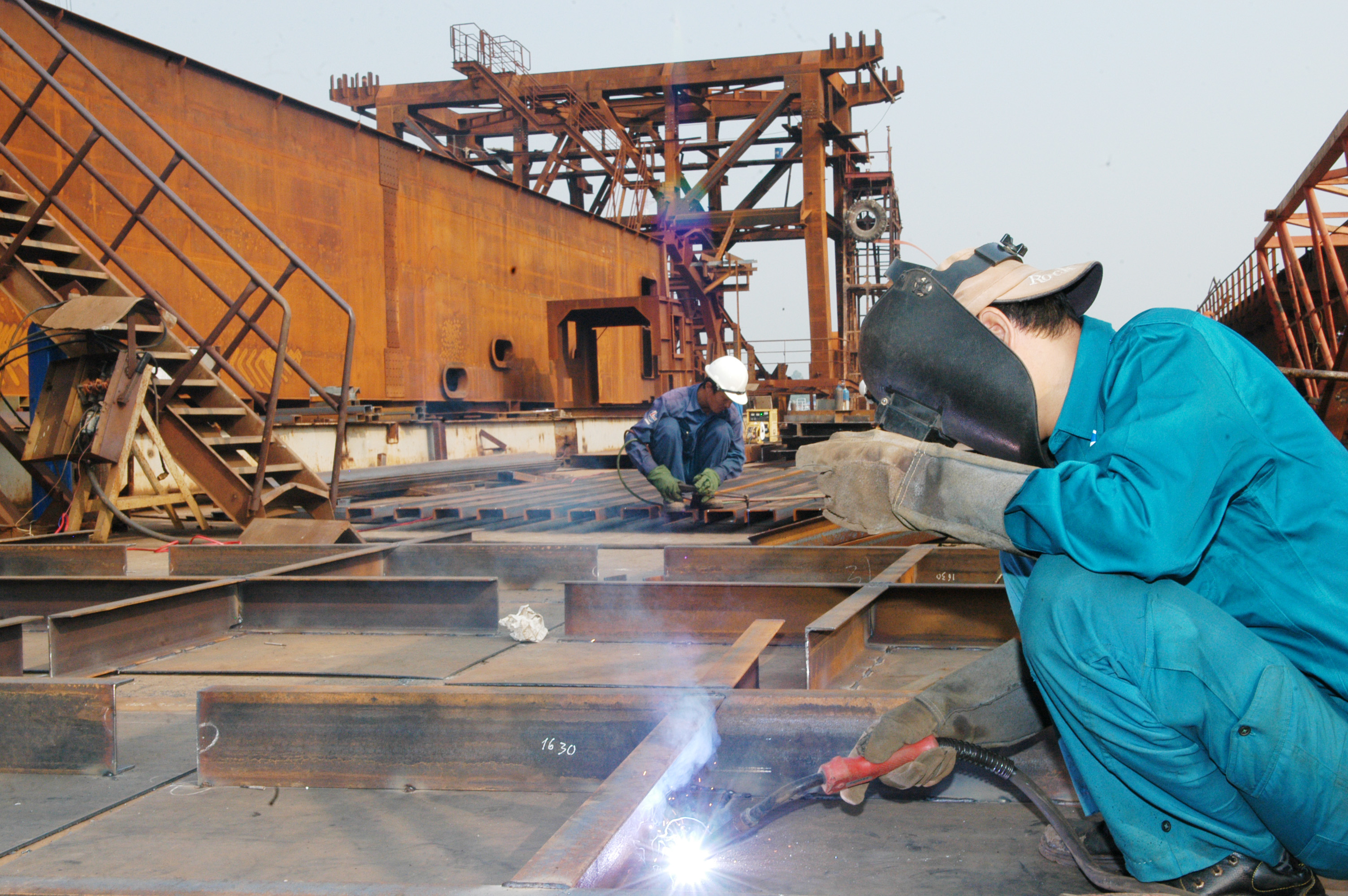
“The piece of cake” of domestic work becomes less and less whereas mechanic export seems to be still a far-away target, and most of mechanical enterprises are existing “from day to day”. Surplus for capital turnover to develop is very low, which makes the conditions for deep investment unfeasible, mechanical businesses still “go forward in succession” slowly.
“Sweat is dry, labourers are also out of work”
Taking us to the equipment manufacturing workshop, Engineer Dang Van Phuong who is responsible for technology of Lilama 69-3 JSC, member of Lilama Corporation showed us the crawler excavator truck “made in Vietnam” LX 2000 and said except the hydraulic parts and control exported from foreign countries, the rest to constitute it had been made by engineers and workers of Lilama 69-3, satisfying quality standards. This was a scientific product with high intelligent content, affirming the ability to manufacture equipment and machineries of the company. However, this truck just “wandered about” the company workshop. Although the company dared invest with depth to manufacture high quality products but the output got "stuck". This is a scientific theme winning national prize and it belongs to the development programme of main important mechanical products. Besides, when being deployed all these products got incentives but the guidances were very vague, even many organs said they did not know this programme and the company was so disappointed. In fact, the products they made were just on display and there were no application. Similarly, fans with high capacity to serve cement plants were manufactured successfully by the company, however, only some cement factories placed their orders, the majority still imported this product.
The same thing happens to Oil-rig Manufacturing Company (PVShipyard) belonging to Petroleum of Vietnam (PVN), Chief of structure workshop 2 Le Thanh Huy let us know that the self-lifting oil rig Tam Dao 5 is now being accomplished, striving for finish a head of schedule. Many parts had to be imported entirely to install oil-rig Tam Dao 3 previously, but now the company's engineers and workers install partly so as to raise the internalization rate for oil-rig Tam Dao 5 such as gear housing, supports of some parts… conforming to the project standard. However, due to some objective difficulties in the world market, price of crude oil reduces vigorously, after handover of oil-rig Tam Dao 5, surely the main work will be only maintenance for oil-rigs. The company leaders are conducting negotiations to achieve new contracts of oil-rig manufacture but may be it is very difficult.
We can see that this is a general context of many mechanical enterprises, sources of work are not so plentiful, interior competitions become more and more severe, whereas bidding packages of work usually fall into the hands of foreign firms, which makes Vietnam mechanic branch develop “slowly”. Though the Government did not hesitate to appoint main contractors for large scale projects to some prestiged mechanical businessess and this model is now being promoted rather effectively, for some objective & subjective reasons, there is no project coming up next and when “sweat is dry, labourers are also out of work”, so it is hard for enterprises to set up their production plans.
There are too many barriers
The most insufficiency of mechanical branch is lack of synchrony in state management and there is no effective coordination with other industrial branches. VAMI Chairman Nguyen Van Thu has an analysis that industrial branches are output of product for mechanics. The story about sugar and cement plants is a typical example. The State has given many preferences to develop this programme, however there were hundreds and tens of factories using backward technology since 1960s of previous century and surely production was ineffective. Whereas, domestic mechanics with its current capability who was quite possible to undertake manufacture and installation of these plants was allowed to participate in some projects then stopped and continued the refrain "sub-contractor" for others.
Having the same comments, Chairman of member board of COMA Le Van Khuong said for field of mechanical manufacture to serve construction branch, the main hardship was that we had not yet developed some key industries in mechanical manufacture, which led to the lack of orientation, lack of concentration in branch development. Mechanical enterprises are almost medium and small ones with difficult financial conditions and having little accumulation in finance as well as technology. Moreover, main products of the branch were just fabricated ones with low economic value, they were made in old production lines, old factories which had to import machines & equipment from outside and lacked of material sources... all these made enterprises operate in a frequently passive condition, their products could not meet higher and higher demands of market. In addition, backward technology also caused environmental pollution inside the production area and neighbourhood. Also, we had to mention the lack of investment capital. To invest in mechanics, we needed big sources of capital and they were long-term ones but trading in mechanical products, profit was not high. So, if there were no incentives in loan interests and debt payment terms … it was very difficult for mechanical enterprises to have a breakthrough.
Another problem is that bidding mechanism depends on many factors, especially loan capital, that is why the output of mechanics “gets stuck”. A mass of mechanical products with high content of internalization or products “made in Vietnam” such as: transformers, air dryer sets for thermal power plants, high-capacity fans for cement plants … had been made successfully but due to the bidding mechanism, they could not “attend” in investment projects and it was very wasteful. Lilama 69-1 Deputy General Director Ngo Quoc Thinh let us know after many years studying, the company had produced successfully the air dryer set for thermal power plant, satisfying all standards but when it was offered to companies of EVN, most of them refused to purchase it and they still imported this kind of product from outside. “This really makes mechanical enterprises feel self-pity”, said Mr Thinh.
There are many sets of standards for machinery installation since 1960
A lot of calculation ways for standards are now applying the ones of Russia since 1961. Previously, standards were calculated for crane of 16 tons only, but now we have cranes of thousands of tons. Regarding standards for cutting and welding equipment with gas, compressed air… there have been no changes for tens of years. All these cause various difficulties for the real work today.
Mr Nguyen Van Quang
Lilama Chief Rep. in Ho Chi Minh city
There are still a lot of complications in administrative procedure
The work of importing materials (sheet steels, shaped steels) meets with many complicated procedures, it needs permits and licenses issued by many parties concerned, and the same difficulty also happens to ordinary kinds of steel. This makes the company's materials and products stay too long in stores. Even for the same product, it can be imposed tax on according to a law but it will not be taxed pursuant to another regulation.
Mr Tran Viet Khanh
General Director of Lisemco JSC
Xuan Thuy - Duy Tinh


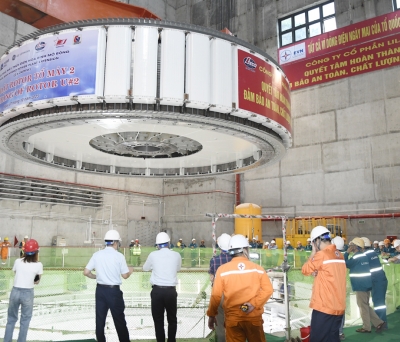
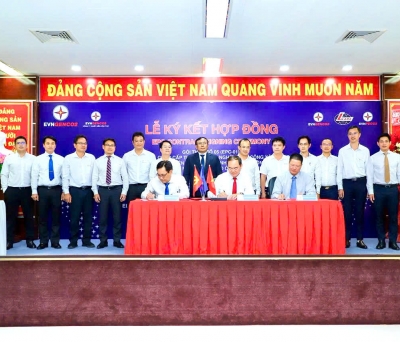
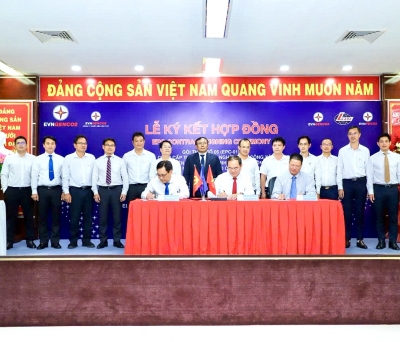
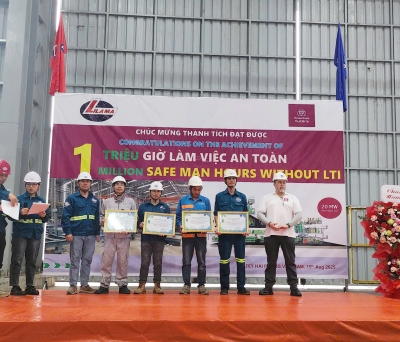



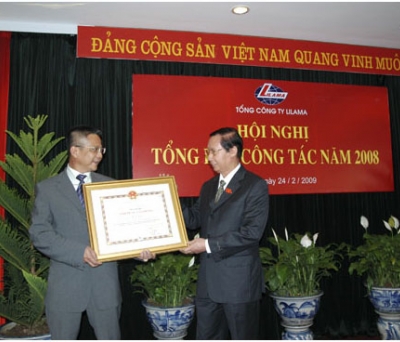
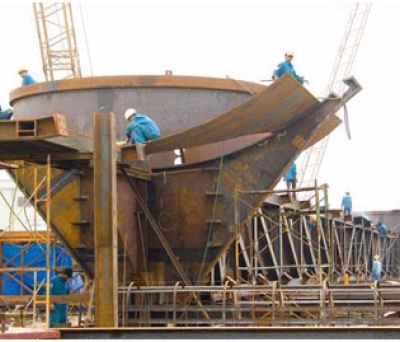
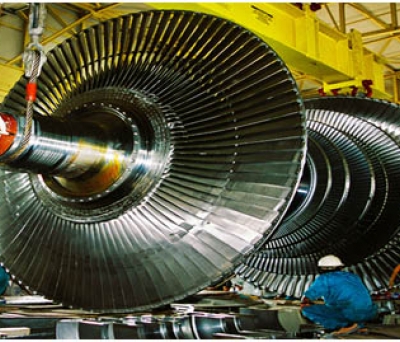
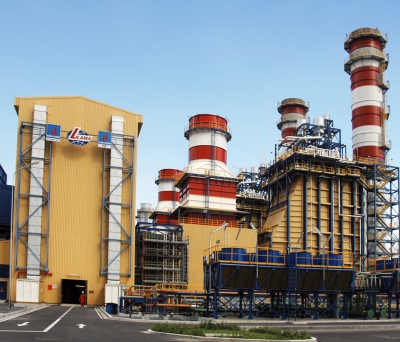
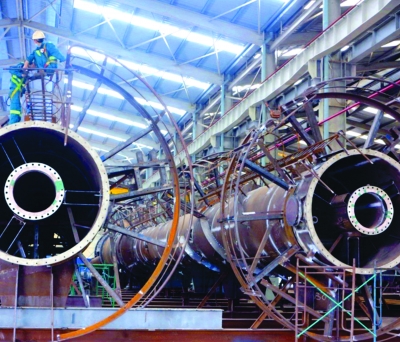

Minimum of 10 words Accented Vietnamese Does not contain links
Post a comment